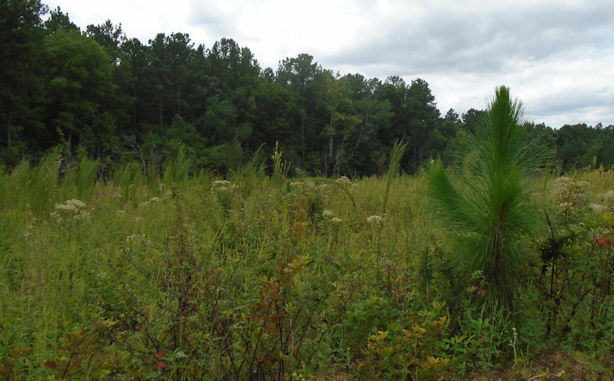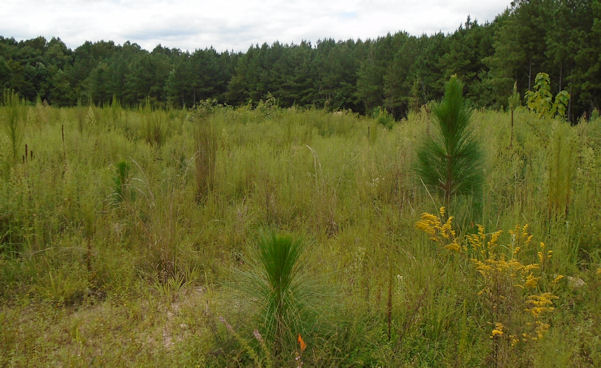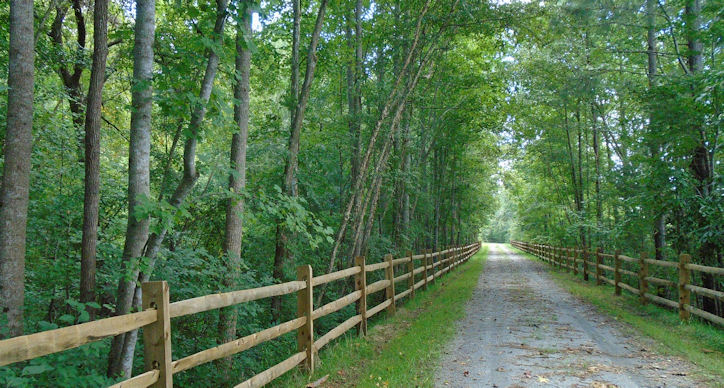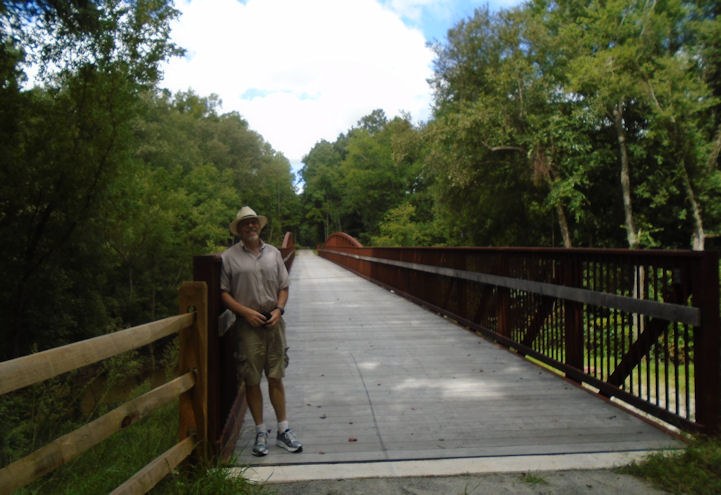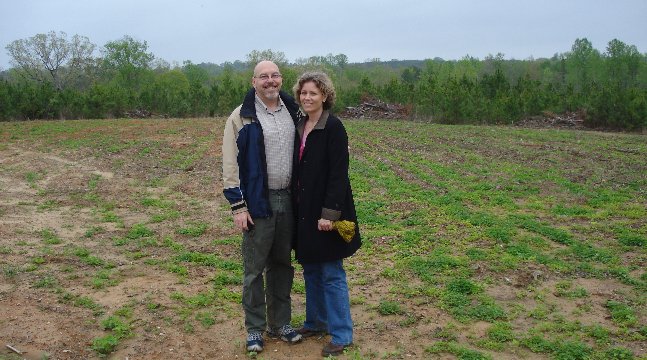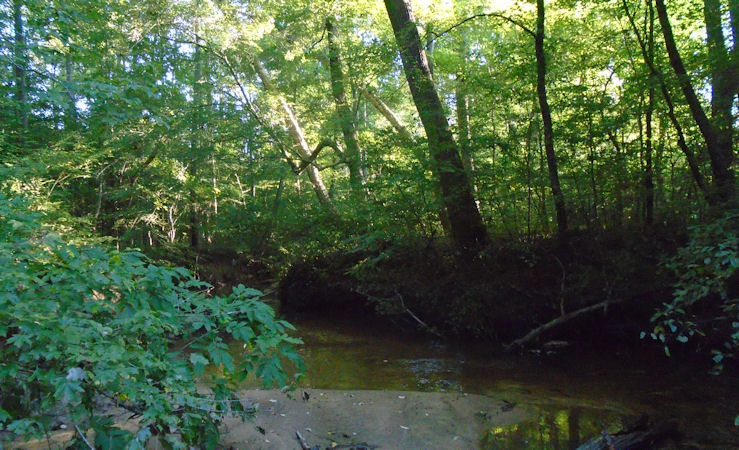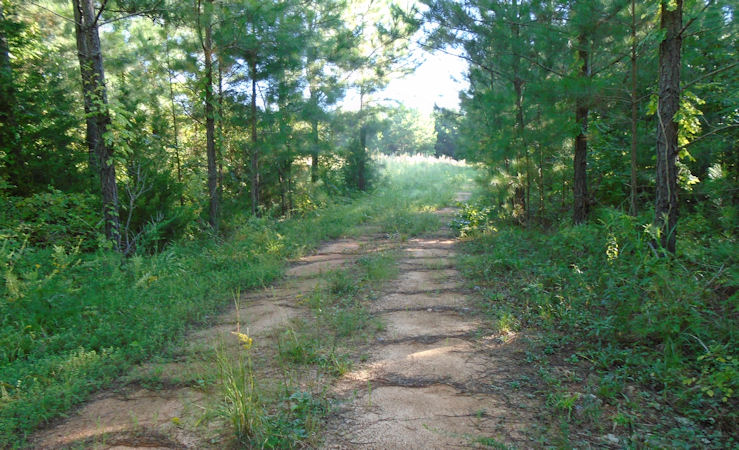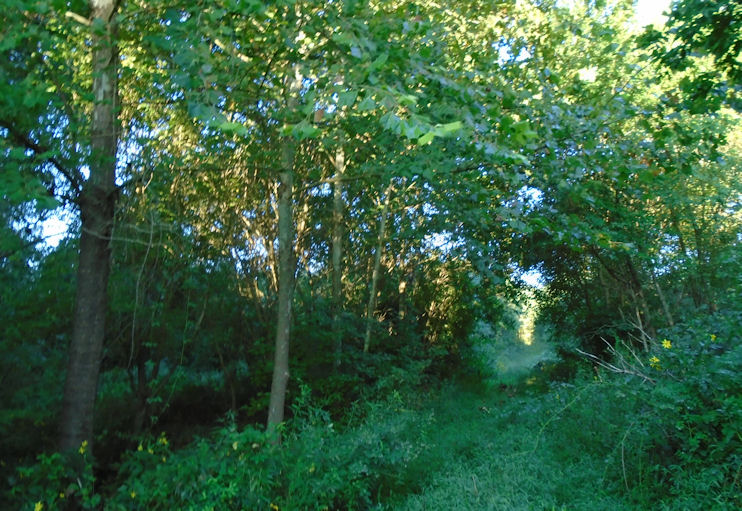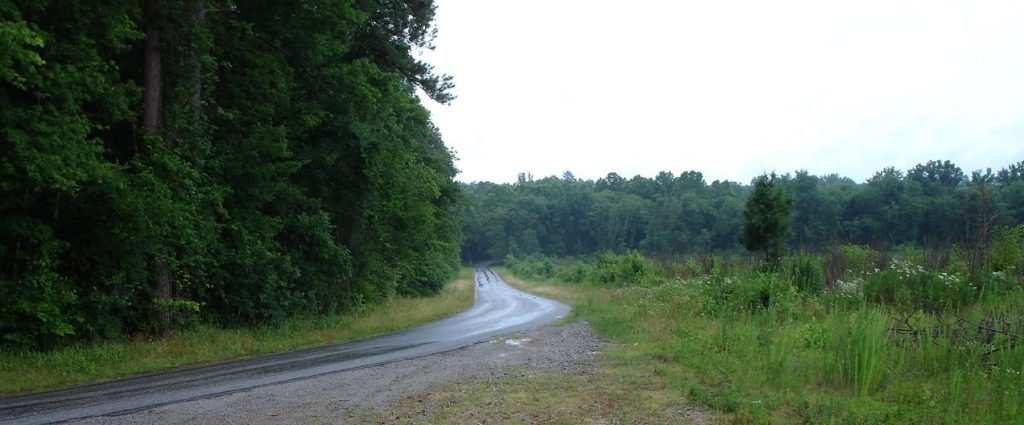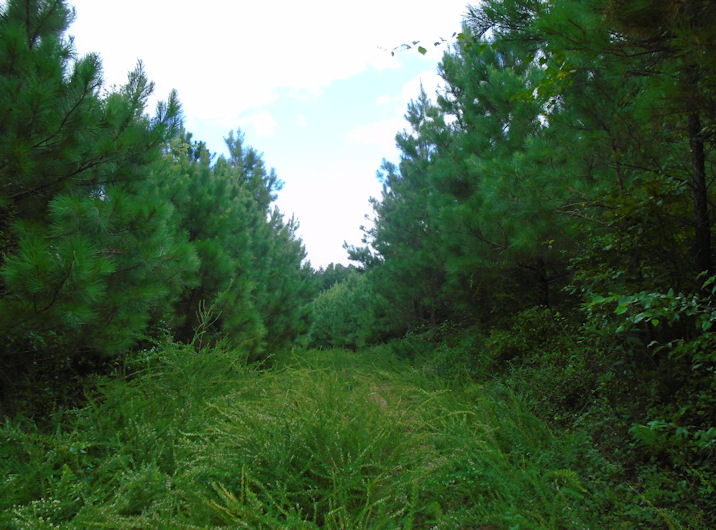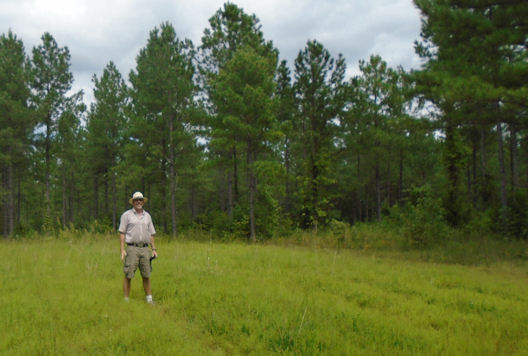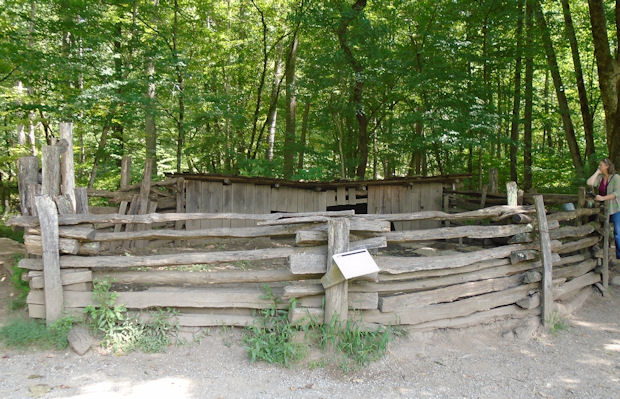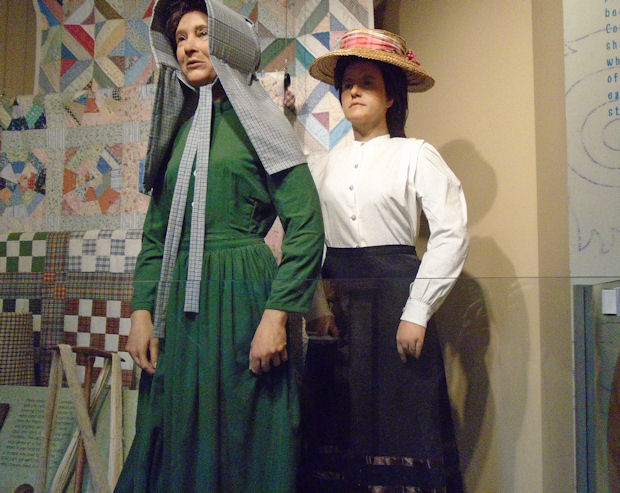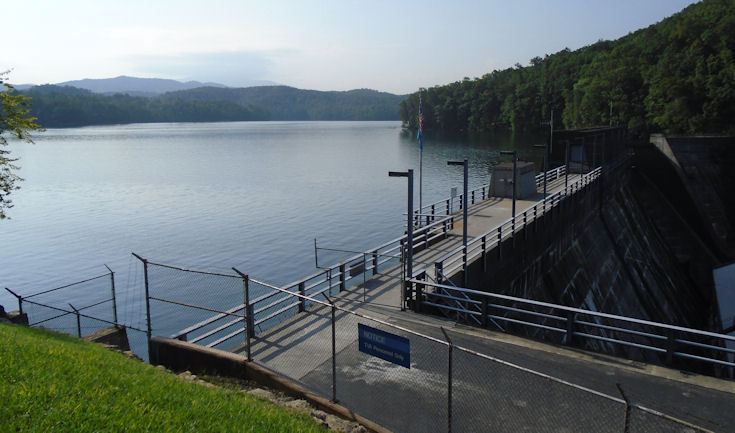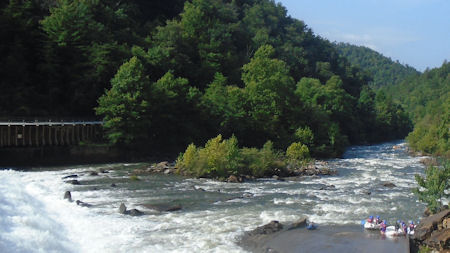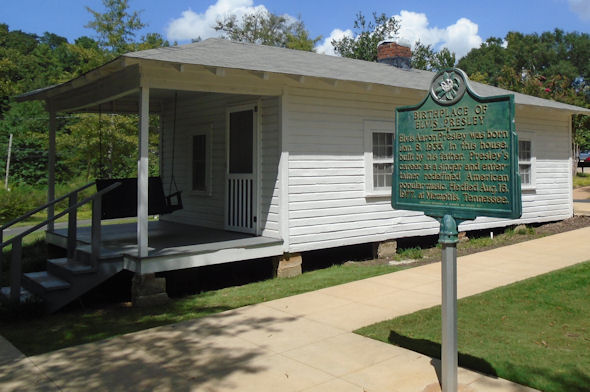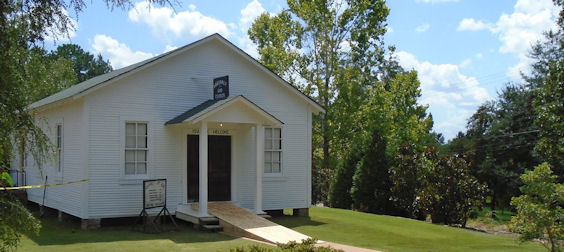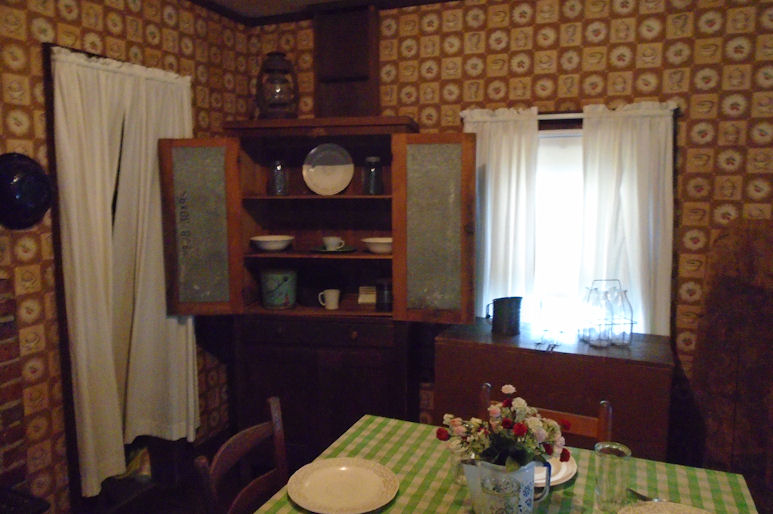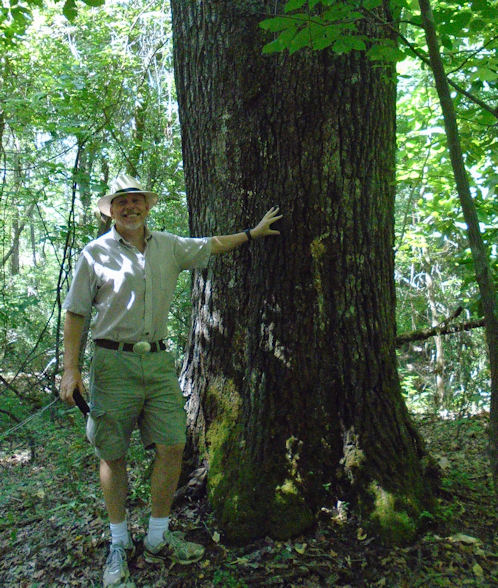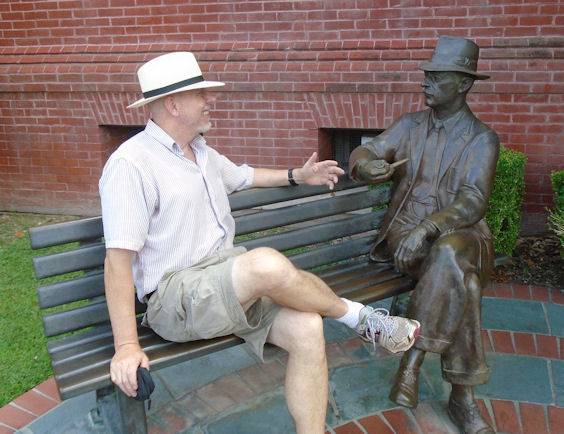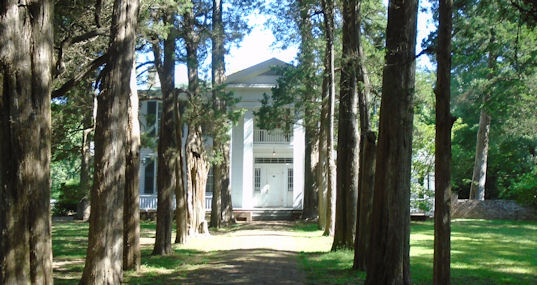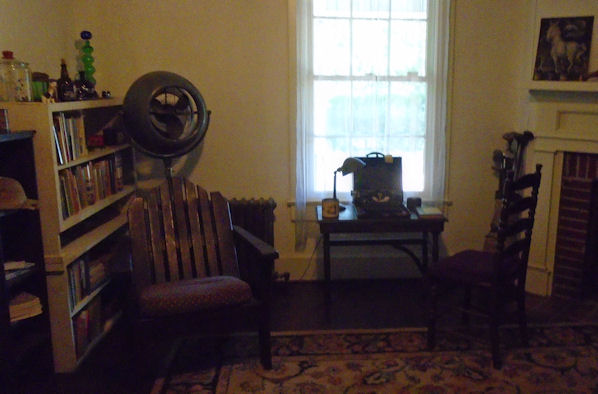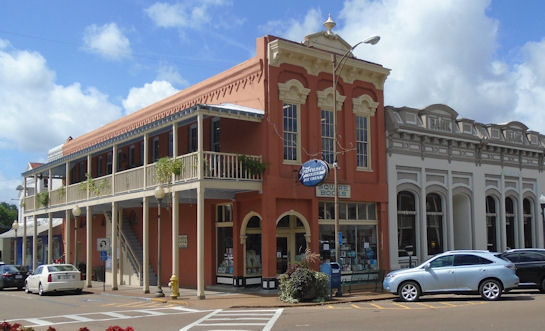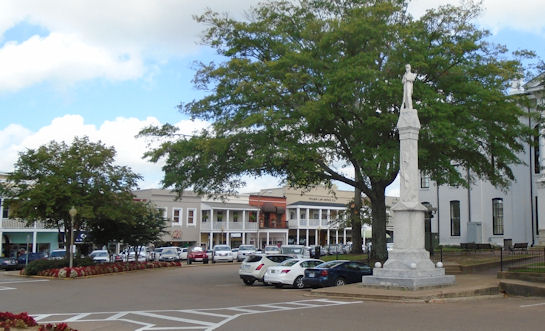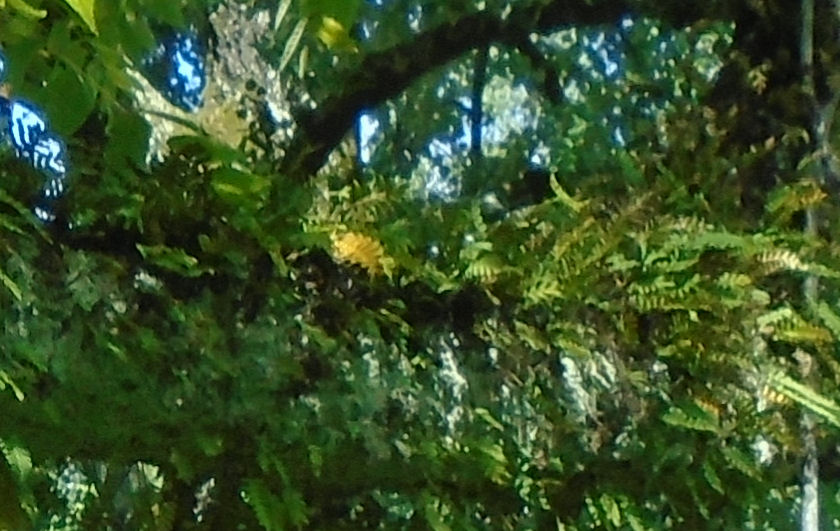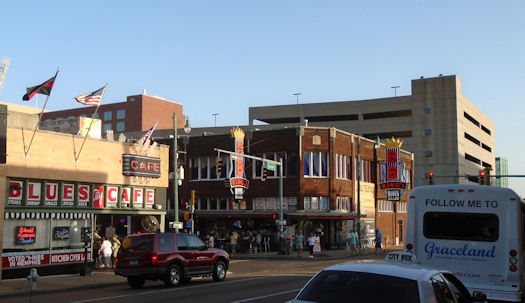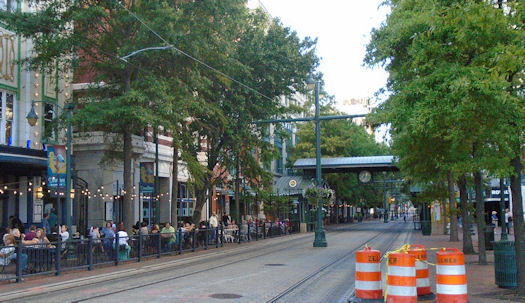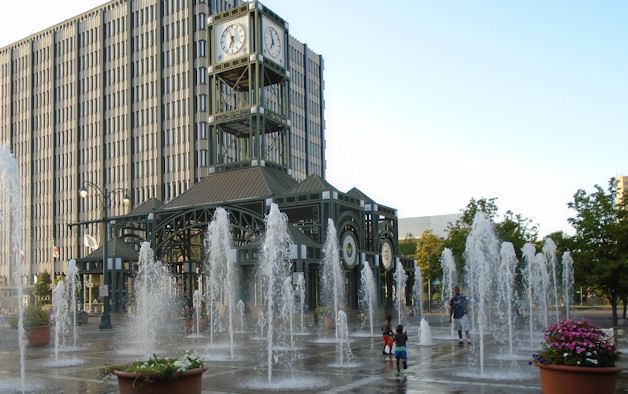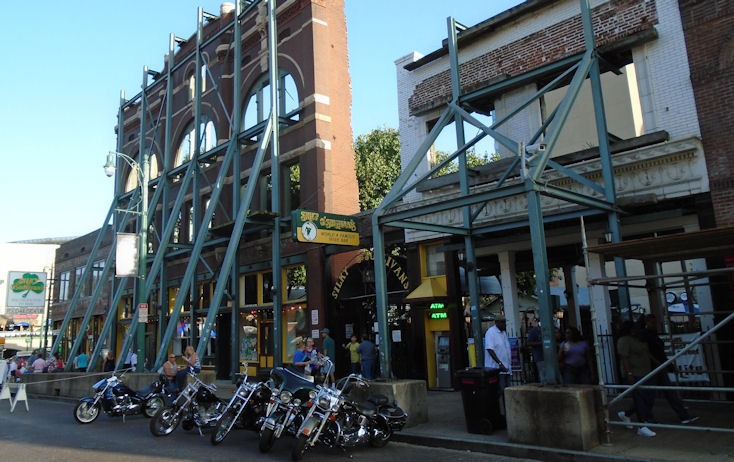
The Smithsonian Institution, established in 1846 with the mandate for “the increase and diffusion of knowledge”, today comprises 19 museums, numerous research facilities, and the National Zoo. The Smithsonian’s collections include over 137 million artifacts, works of art and scientific specimens that attract more than 30 million visitors every year.
The State Department signed a Memorandum of Understanding with the Smithsonian Institution in 2012 to enhance and broaden joint collaboration in a wide range of areas. The Office of International Relations (OIR) in the S. Dillon Ripley Center is the Smithsonian office responsible for managing that collaboration. The State Department provides a Senior Adviser to the OIR. That person is the principal point of contact and starting point for all interaction with the Smithsonian. The current adviser is John A. Matel – please feel free to contact him at: MatelJ@si.edu or MatelJA@state.gov.
The Smithsonian has a vast and growing array of resources publicly available online. Whether you want to plan an official program or just enjoy the Smithsonian’s unparalleled offerings, the following resources will be of interest:
Smithsonian Web Site – A wealth of information on all that’s happening right now at the Smithsonian.
Smithsonian Education – Collection of lesson plans, online interactive, videos, exhibitions and more for educators, families, and students.
Smithsonian Mobile – A listing of Smithsonian created mobile apps, games, and websites that can be downloaded and used anywhere in the world.
Smithsonian Collections – A searchable database of over 8 million objects around the Smithsonian.
Smithsonian Blogs – A listing of Smithsonian blogs that showcase activities behind the scenes and complement current exhibitions.
Smithsonian Events – A sortable calendar of all events at the Smithsonian by day; can be sorted by live webcasts.
Smithsonian Virtual Exhibitions – A searchable listing of virtual exhibitions hosted by various Smithsonian museums.
Smithsonian YouTube – Smithsonian channel on YouTube; includes listing of individual museums’ YouTube channels
Smithsonian Folkways Music – Extensive collection of rare recordings of classic traditional and folk music from around the world, including such American artists as Woody Guthrie, Pete Seeger and Leadbelly
Smithsonian Libraries – Gateway to the collection.
The Smithsonian Channel – Overview of the Smithsonian Channel’s most recent programming, including content that you can download and use.
The Smithsonian in 3D!
The American Spaces Project – The Smithsonian is also currently developing an extensive catalog of unique content that will be made available to all U.S. diplomatic missions abroad for their use in American Corners, American Shelves, or in other venues.
Research Opportunities – The Smithsonian welcomes students and post-doctoral fellows from around the world. The publication Smithsonian Opportunities for Research and Study includes all the key information.
This is a PowerPoint prepared by my predecessor. I will use it until I get familiar with the place.

